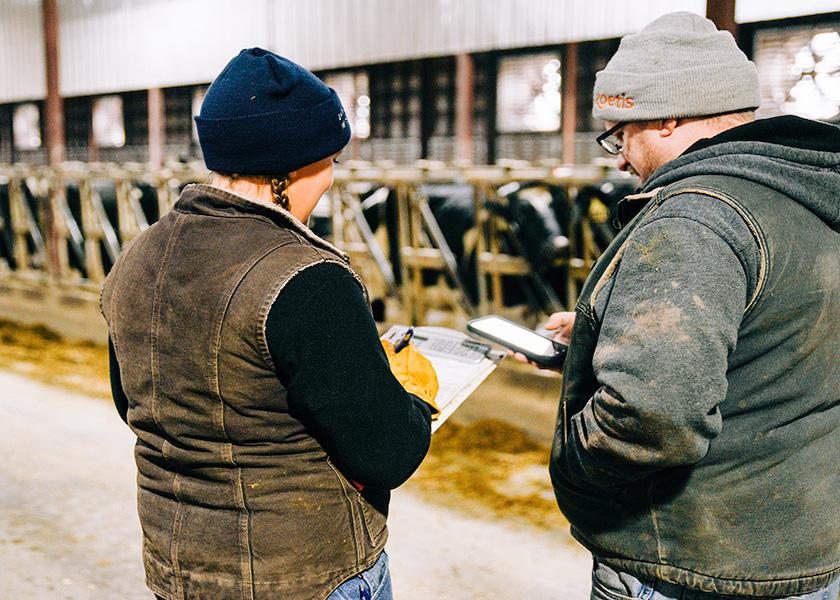Calcium Boluses are Not Created Equal. Consider the Differences

Administering calcium boluses to fresh cows has become a widely adopted practice to prevent hypocalcemia on U.S. dairy farms.
But are all calcium boluses equally effective? According to a study by a group of Canadian researchers: no.
The research team, led by Walter Verhoef with the Bureau Vétérinaire de Richmond, Richmond, Quebec, Canada, evaluated three different, commercially available calcium boluses:
Bolus 1 – calcium chloride, no calcium carbonate
Bolus 2 – calcium chloride, moderate calcium carbonate
Bolus 3 – calcium chloride, high calcium carbonate
Using fistulated animals, they placed boluses in a pre-weighed coarse mesh net for 30, 60, 90, 120, 180 and 240 minutes to measure dissolution rates. They found Bolus 1 dissolved the fastest at less than 90 minutes. Bolus 2 dissolved in less than 240 minutes. After 240 minutes, most of Bolus 3 had not yet dissolved, with 75% of it remaining intact.
Next, the team evaluated the calcium uptake of second- and third-lactation postpartum cows on different calcium treatment regimens:
Treatment 1 – 2 calcium chloride boluses at less than 12 hours postpartum.
Treatment 2 – 1 calcium chloride bolus at less than 12 hours postpartum, and 1 at 12 hours later.
Treatment 3 – 2 high calcium carbonate boluses at less than 12 hours postpartum
The animals receiving Treatment 1 had a greater and more persistent serum calcium response than those receiving Treatment 2. Serum calcium response was lowest for Treatment 3, consistent with the comparably low dissolution rate for calcium carbonate boluses.
Verhoef and his team concluded that calcium chloride/calcium sulfate boluses were more effective at generating serum calcium response than boluses containing high amounts of calcium carbonate. They also suggested that administering two boluses together within 12 hours of calving may be more effective than the traditional treatment of giving two boluses 12 hours apart.







